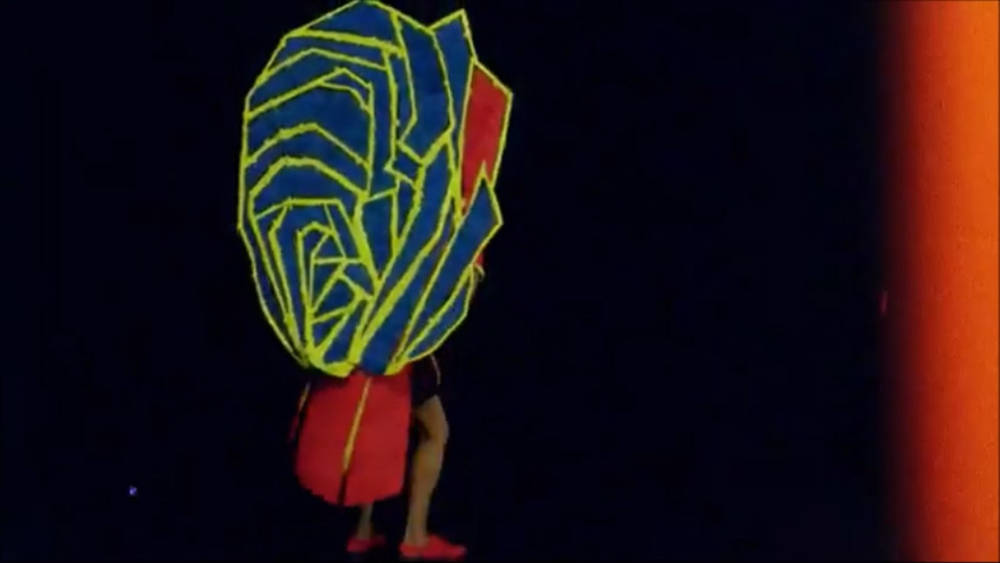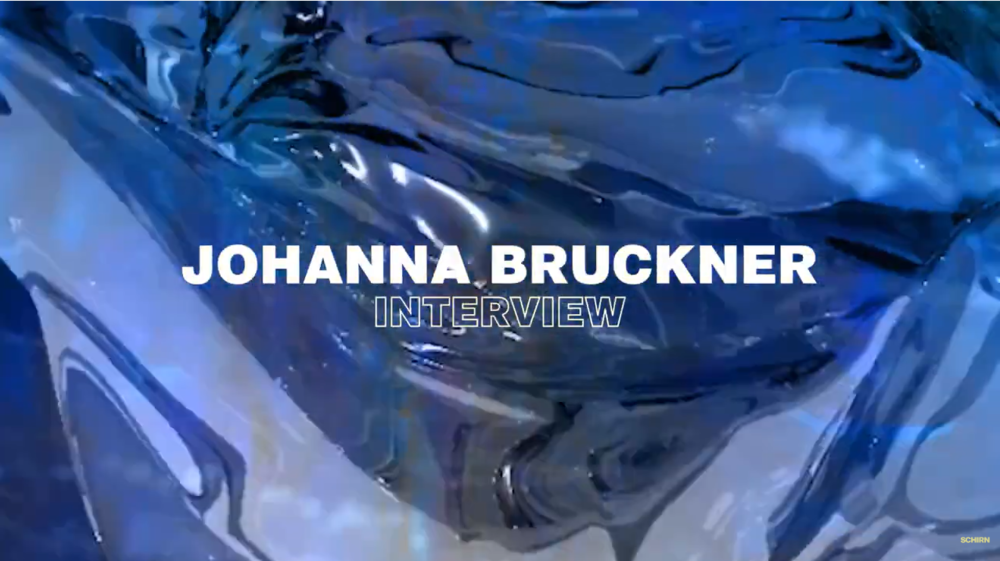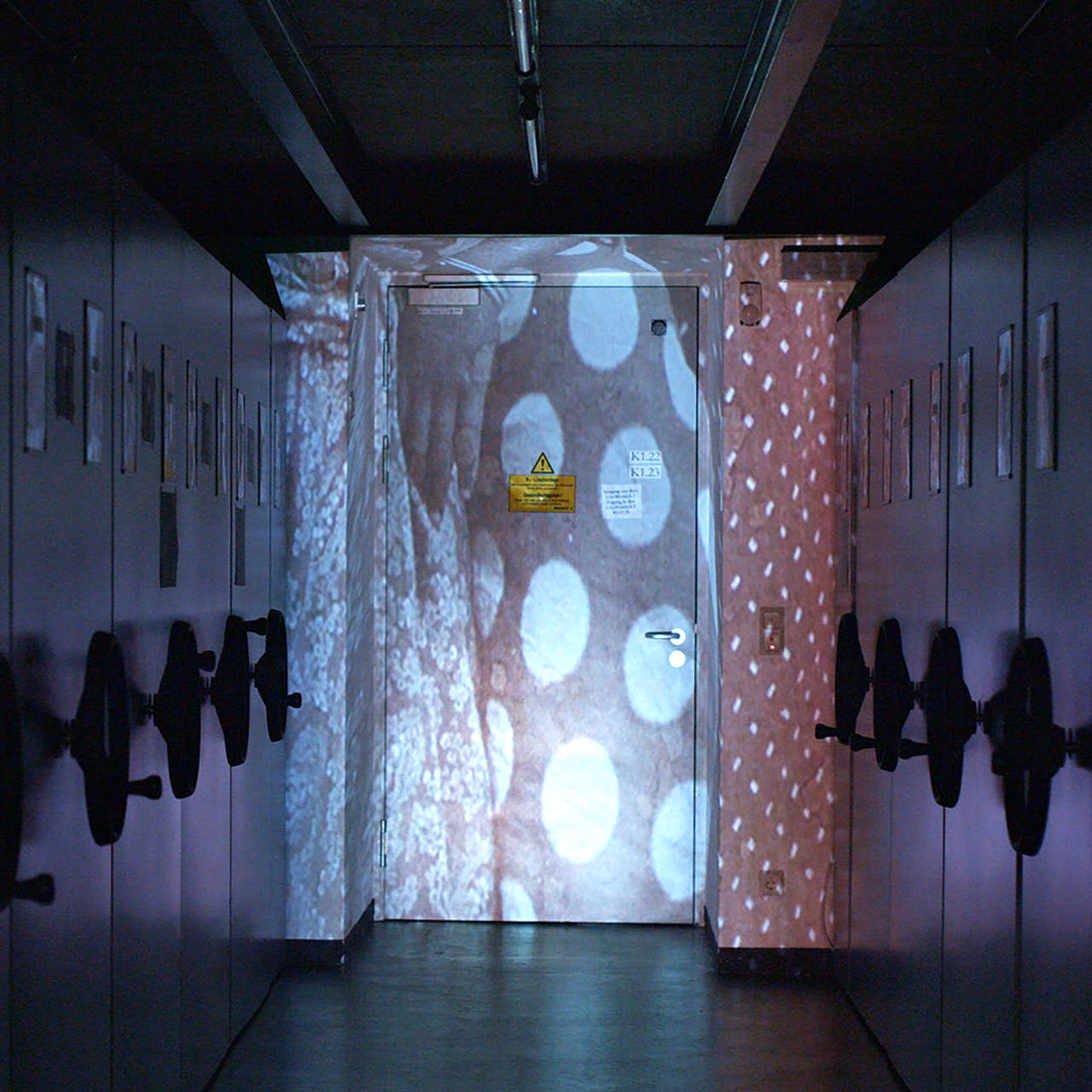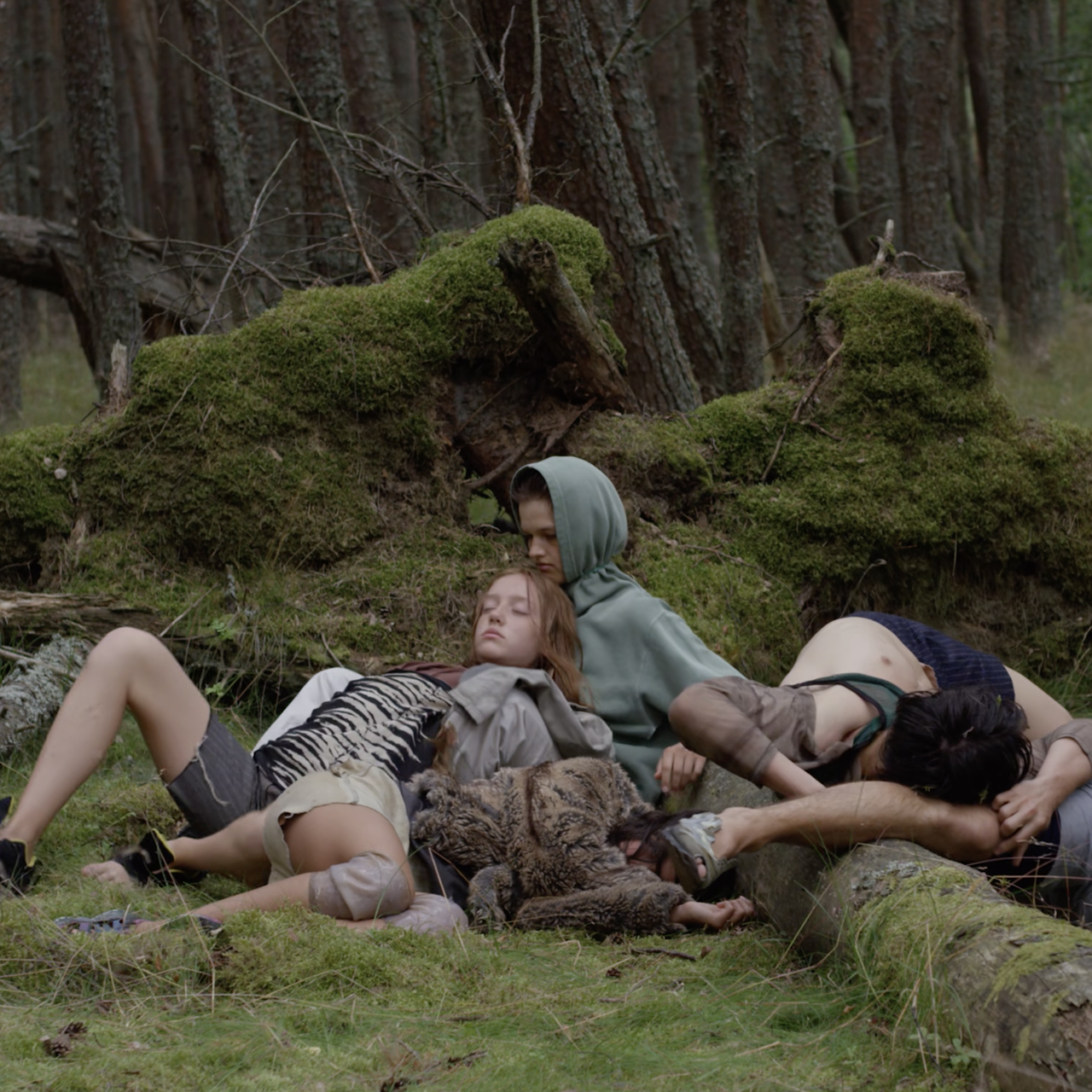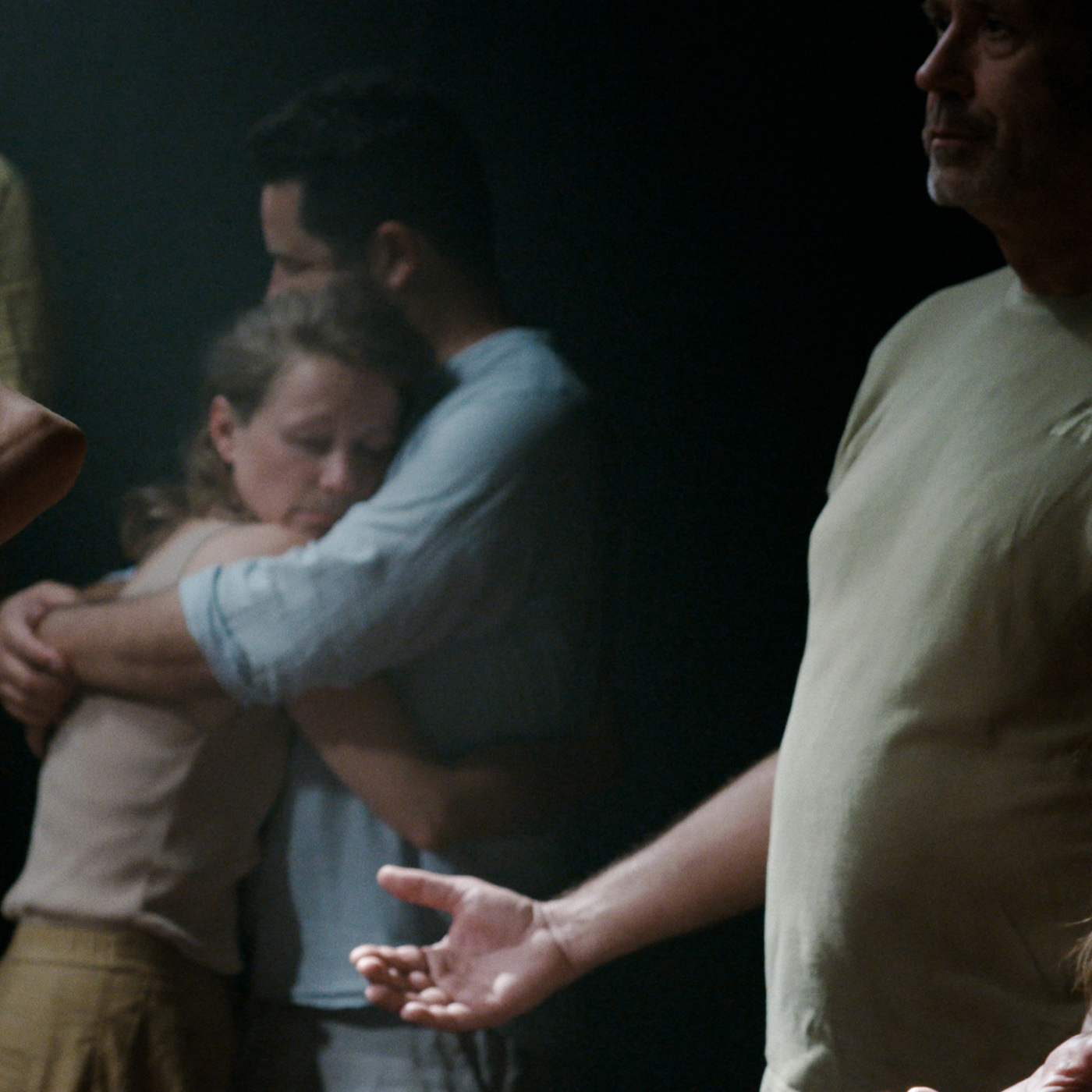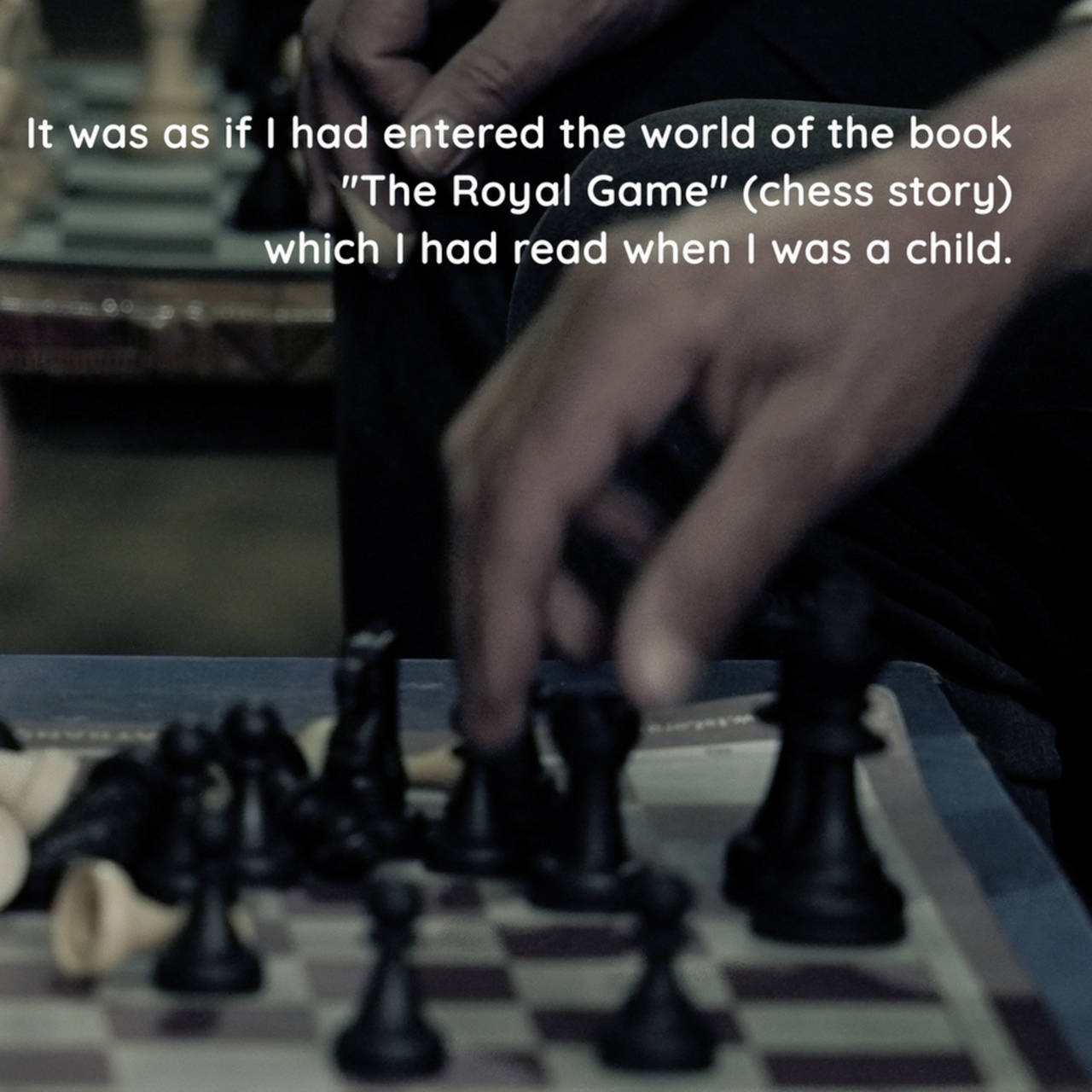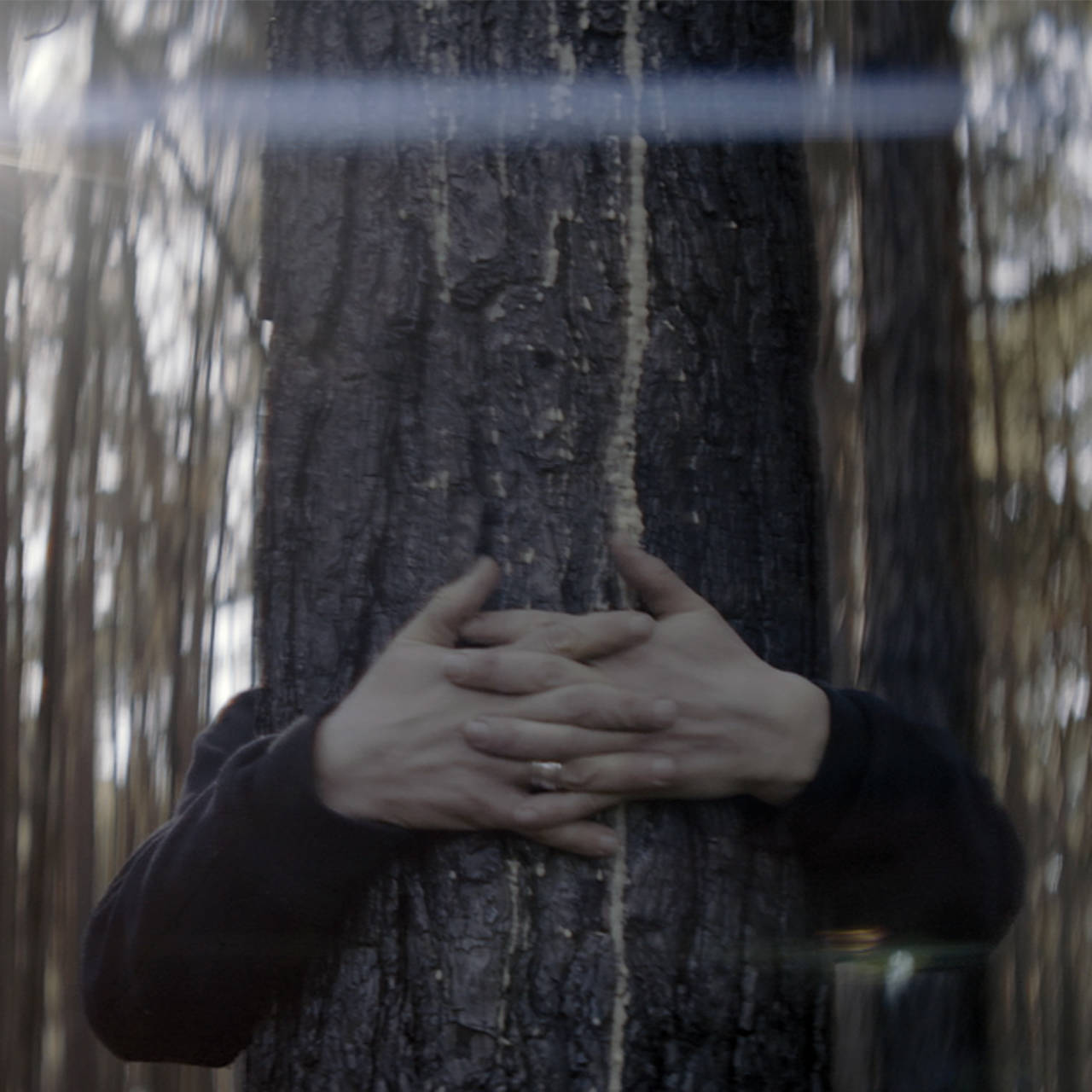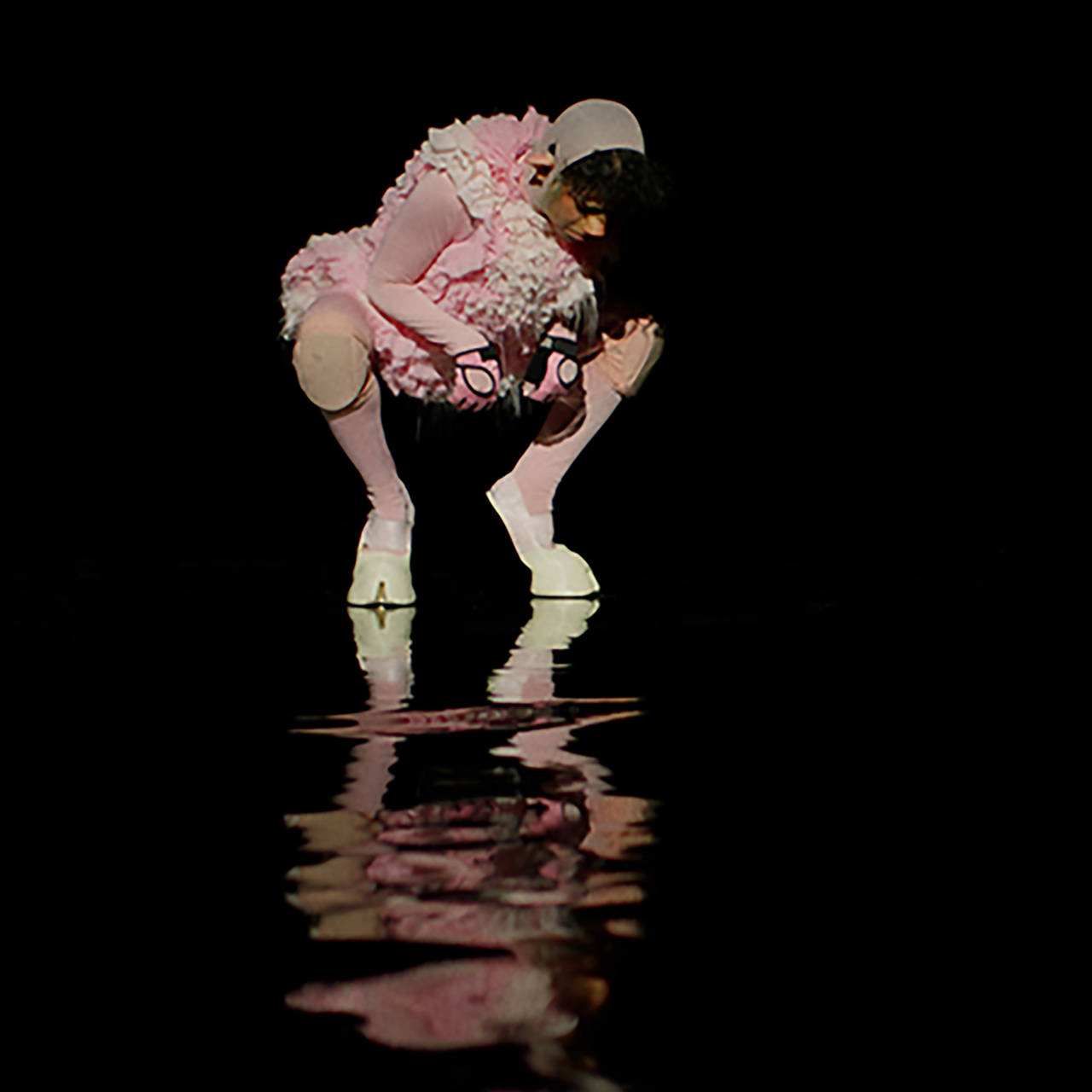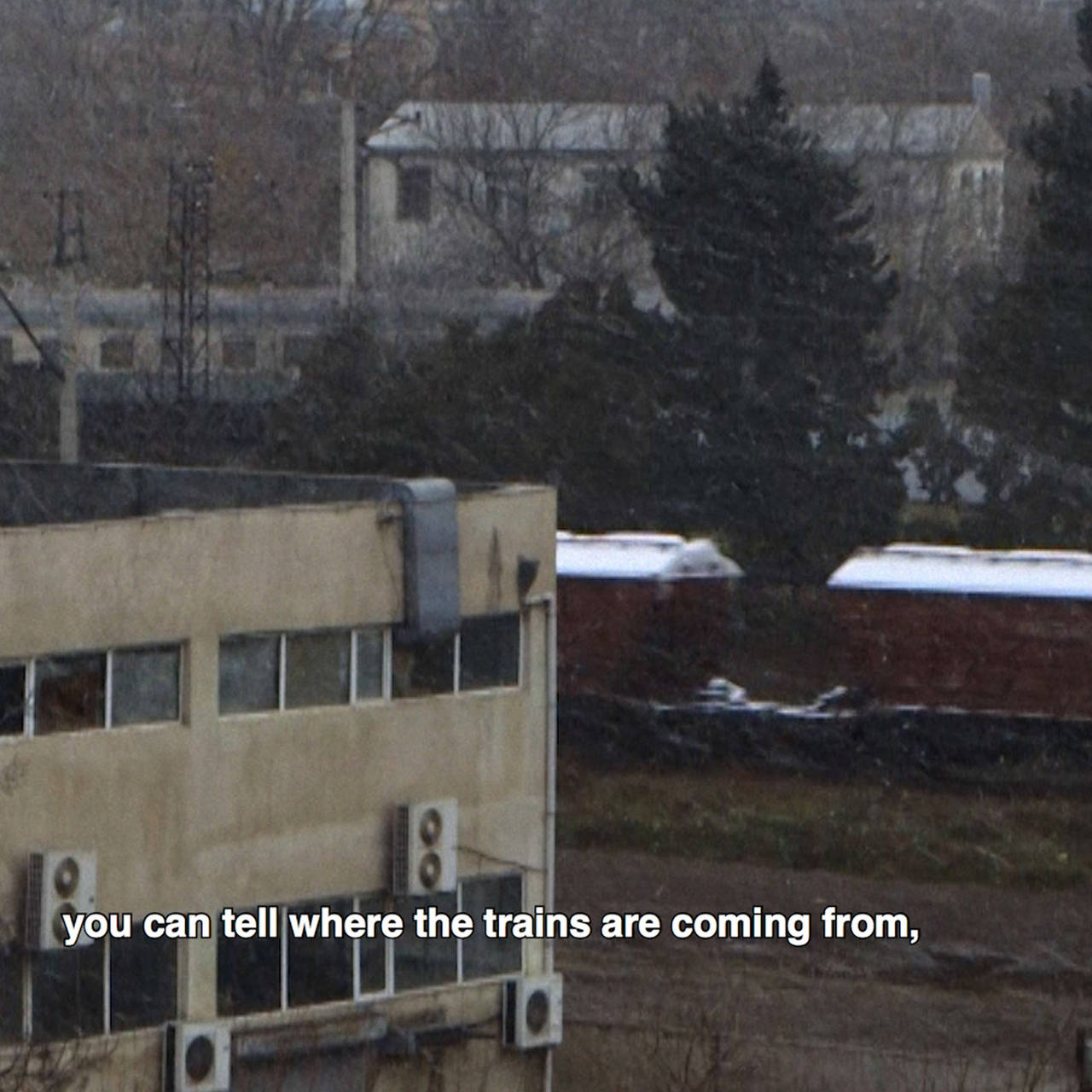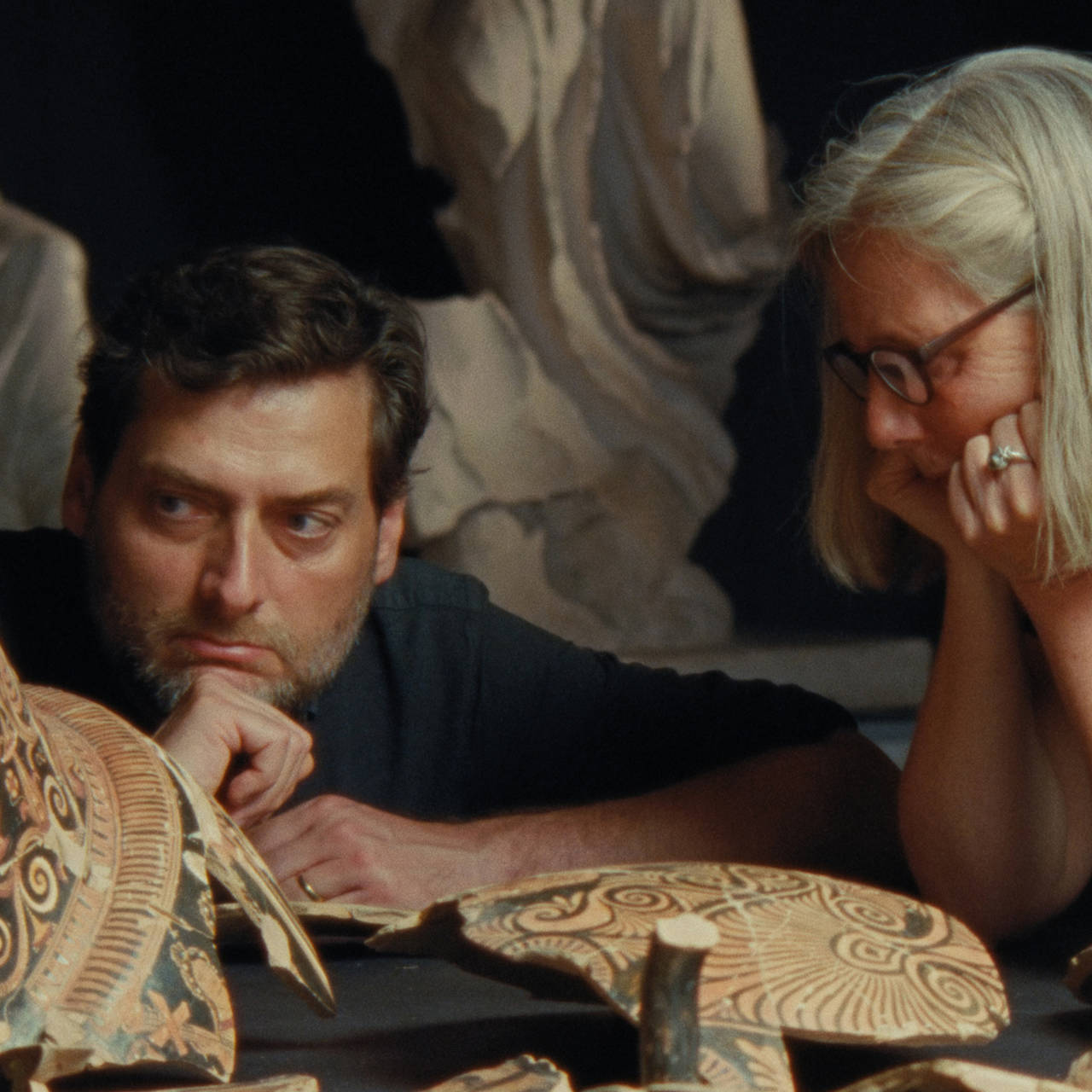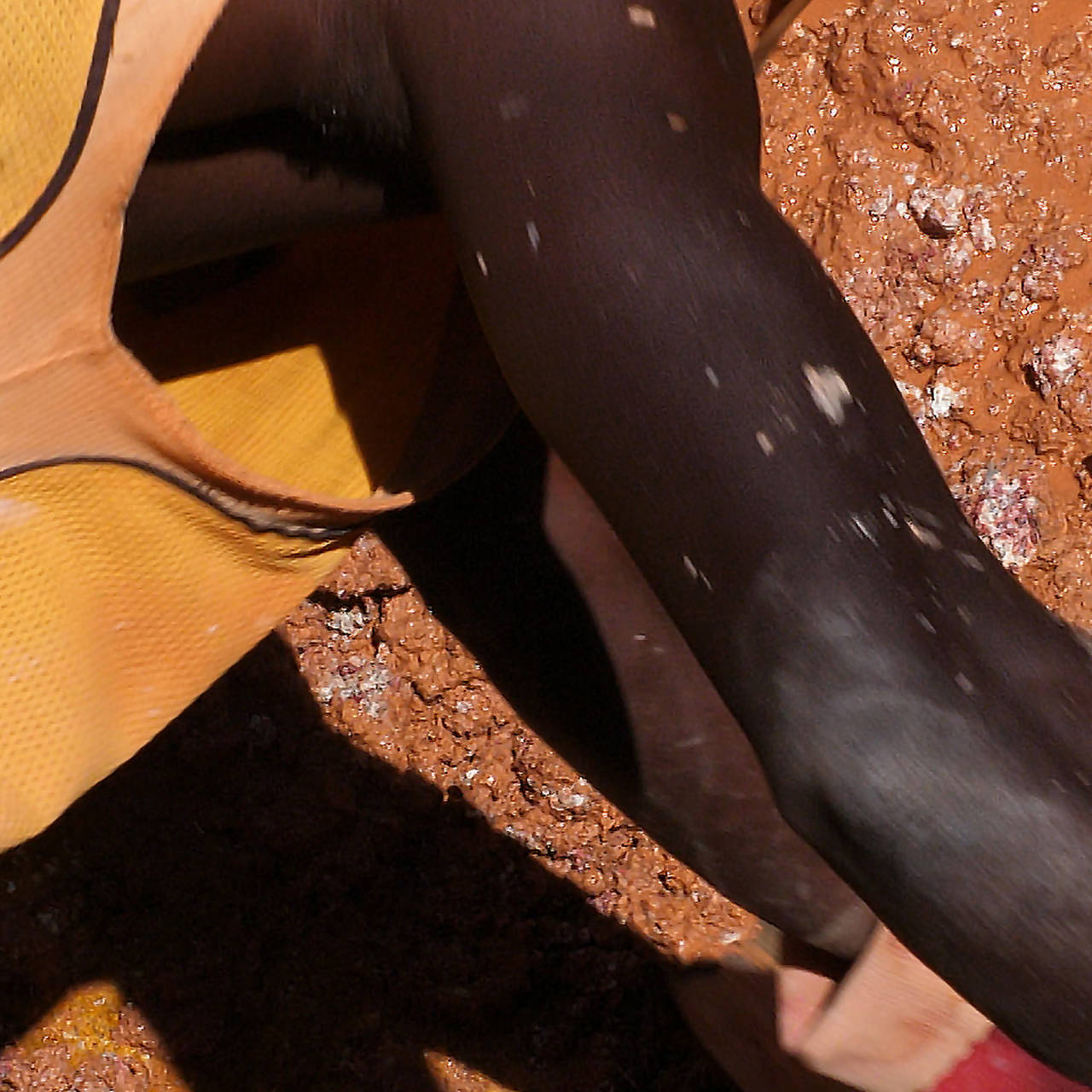Hypnotic dances and hybrid beings in cyberspace: Video artist Johanna Bruckner transforms the human body into digital matter.
With the psychedelic-seeming simultaneity of multiple exposure, the images flow one over the other: swirling textures, blurred shapes, patterns, points of light, and swooping images, accompanied by the ethereal tones of the soundtrack. Creatures that are more clearly recognizable in their form then become visible, with flowing, smooth, long limbs and a jellyfish-like head, performing a hypnotic dance.
In around seven billion years, the intensity of the Sun’s radiation will have increased so much that the Sun will have become a Red Giant, the soundtrack explains. “However, long before the Sun reaches that limit, hydrogen escape will have desiccated our planet.” The result? The whole of the Earth will become a desert in which any kind of liquid will evaporate, and solid material will melt away.
To what extent do technologies interact with our bodies?
“Atmospheric Drafts of Intimacy” (2020) is the name of the nearly 30-minute video piece that Johanna Bruckner will present at the next Double Feature of the Schirn. In previous works such as “Molecular Sex” and “Polymorphic Sensibilities”, she created multimedia installations and performances that address the question of the extent to which technologies interact with our bodies and what resistances arise from this – as she explained recently in an interview with Anna Bromley for the “Lautstrom” podcast. Locking onto the theories of American physicist and philosopher Karen Barad and her referencing of Niels Bohr’s fundamental research into quantum physics, Bruckner undertakes a critical examination of the ever-increasing “valorization” of our bodies through new technologies – be it in the context of big data or in relation to medical evaluations or manipulation of genetic material and its capitalist exploitation.
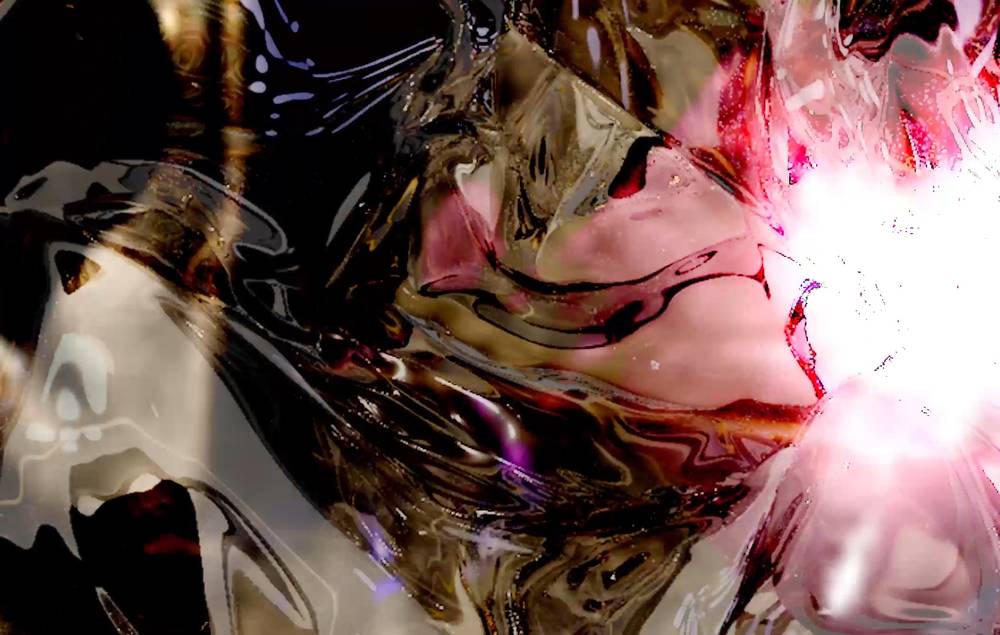

Johanna Bruckner, Molecular Sex (Video Still), 2020,
Courtesy the artist, Image via transmediale.de
In “Atmospheric Drafts of Intimacy” human and trans-humanoid or even digital bodies appear time and again; with their dance-like movements, bodily contortions and fits of trembling they seem to want to merge with the setting, incorporate it into themselves, and transfer themselves into it. If you follow the philosopher Karen Barad, then matter itself is characterized above all by its “queerness” – because matter is continually performing and reproducing itself, dissolving the boundaries between the self and the surroundings, or rather is able to transgress them. In line with this, perhaps precisely this constitutes the basis for possible resistance by bodies as “queer matter”: in the process of their constant interaction and ongoing dissolution, they are not absolutely penetrable and utilizable
In other pieces, similar questions arise in other bodies or body-like beings: One example is the confrontation with sex robots in “Molecular Sex”. Another is “Quantum Brittle Star”, the performative examination of the brittle star, which is a relative of the starfish that casts off limbs when in danger and can regenerate them without difficulty.
As her second film, Johanna Bruckner has chosen Rhea Storr’s video work “Junkanoo Talk” (2017). Junkanoo is a kind of street carnival, which is celebrated primarily in the Bahamas on Boxing Day and at New Year. In close-ups in her film, the British artist with Bahamian roots focuses on the ceremonial clothing of the Junkanoo dancers and their dance. Storr brackets her work with a quote by James Baldwin and an audio recording of the Bahamian Minister of Tourism. The individual shots cut across one another over and over again, whereby ever more close-ups are added to the end, without there ever being a clarifying wide-angle shot. In her work, Rhea Storr addresses the question of how cultures allow themselves to be depicted and represented through cinematographic means.
